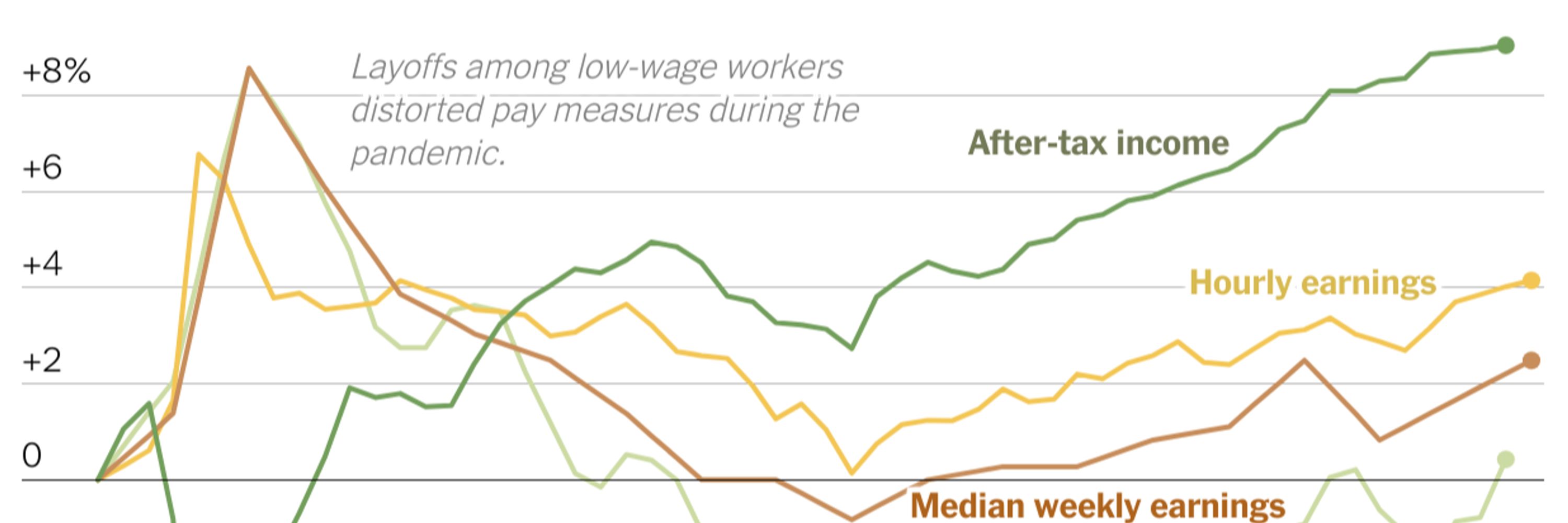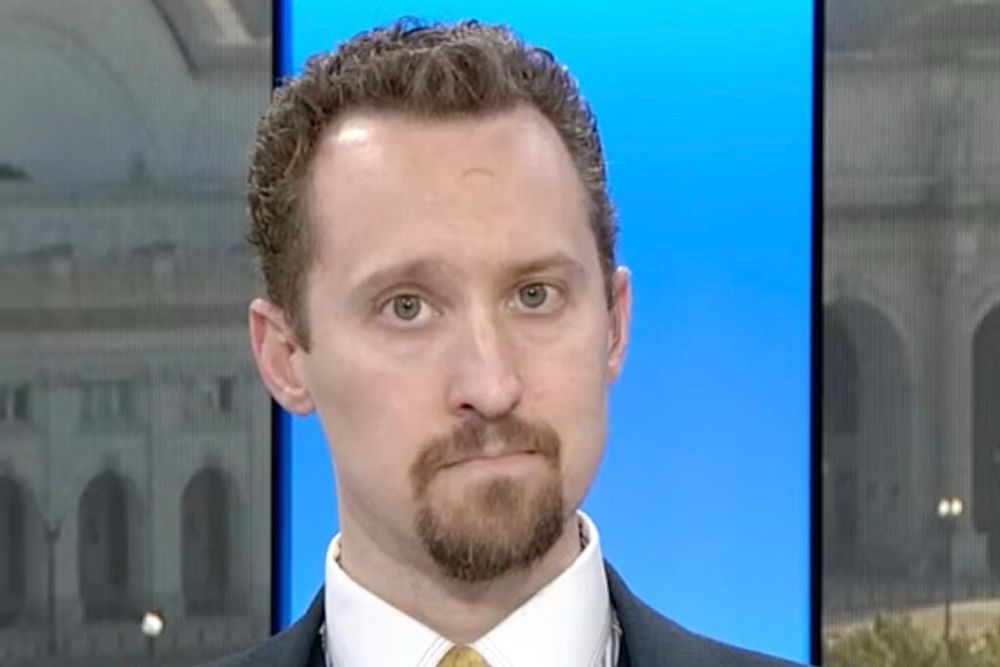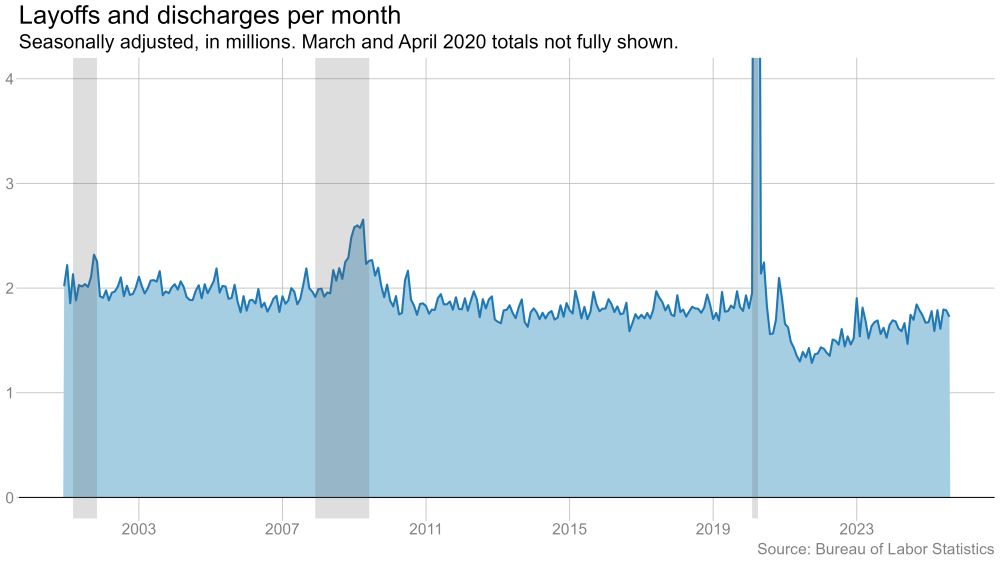Ben Casselman
@bencasselman.bsky.social
24K followers
2.5K following
1.2K posts
Chief Economics Correspondent for The New York Times. Adjunct at CUNY Newmark. Ex: FiveThirtyEight, WSJ. He/him.
Email: [email protected]
Signal: @bencasselman.96
📸: Earl Wilson/NYT
Posts
Media
Videos
Starter Packs
Reposted by Ben Casselman














